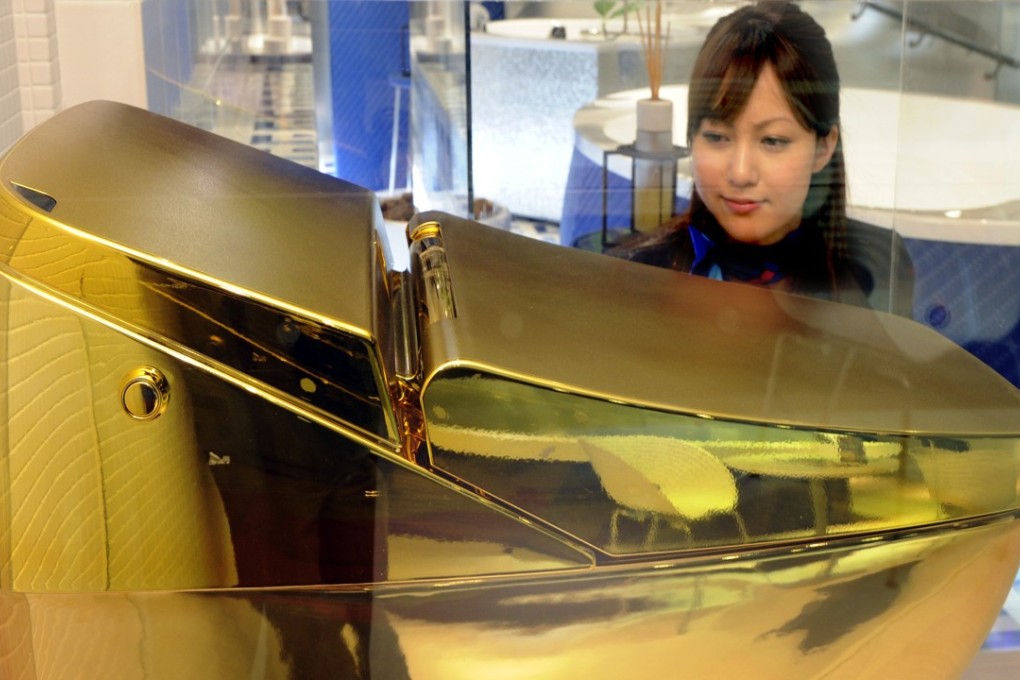Olympic toilets: Japan sets gold standard, China a distant number 2?
From checking blood pressure to assessing body fat ratios, Japanese loos are the champions of the lavatorial world ... but if visitors to Japan 2020 don’t know how to use them, they won’t be worth squat

The international spotlight inevitably trained on any city hosting the Olympic Games tends to unearth challenges ranging from health and safety to environmental protection and infrastructure. Among this smorgasbord of issues, the toilet is a staple.
The hundreds of thousands of foreign athletes, fans and tourists that the world’s largest sporting spectacle attracts raises the question of where – and how comfortably – these visitors will be able to powder their noses.
In the run up to the 2008 Beijing Olympics, much discussion focused on what to do about the city’s plentiful, but malodorous, public facilities, which often consisted of a series of unpartitioned pits in the floor with no flushes or running water. Ultimately, tens of millions of dollars were spent on rebuilding and upgrading toilets into what the local media dubbed “luxurious lavatories”, suitable for use by even the sniffiest of foreign athletes.
The Olympics are now set to return to Asia in 2020, with Tokyo as the host. And toilets are back in the news. Unlike in Beijing, however, the issue is not about flushes working or the availability of toilet paper, but the potential for Japan’s high-tech commodes to intimidate and confuse users from the rest of the less-lavatorially-advanced world.

The Japanese toilet is a thing of wonder. An array of buttons along the side of a typical commode allows you to spray and dry your rear, or front. Others activate oscillation or pulsation, and raise or lower the intensity of the gush. Some models feature a little deodorising puff of air freshener. The function that automatically puts the lids or seat covers down is referred to as the ‘marriage saver’. And then there is the heated toilet seat, which rivals Kyoto in full cherry blossom bloom as a highlight of a trip to Japan.